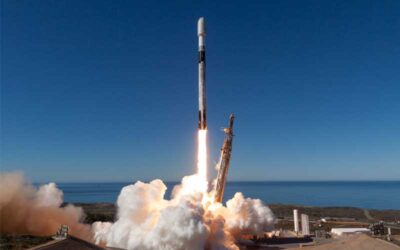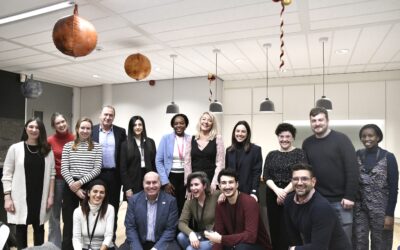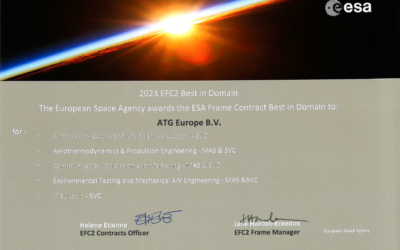EMPLOYEEE SPOTLIGHT : Aditi SATHE – System Engineer and beyond, for Earth’s Observation at ESA
As a new series of employee spotlight kicks off, we intended to spearhead it with some of our finest: Meet Aditi SATHE – System Engineer – Post Launch Support currently working for Copernicus Sentinel 1, Sentinel 3, Sentinel 6 and Aeolus missions’ phase E2/F operations support at the European Space Agency on behalf of ATG Europe.
Talented engineer with a natural itch for progression, Aditi’s experience has led her to work on both Ground segment and Spacecraft as a System Engineer for a plethora of Earth observation missions. She took the time to tell us more about herself and the importance of sometimes looking down rather than up.
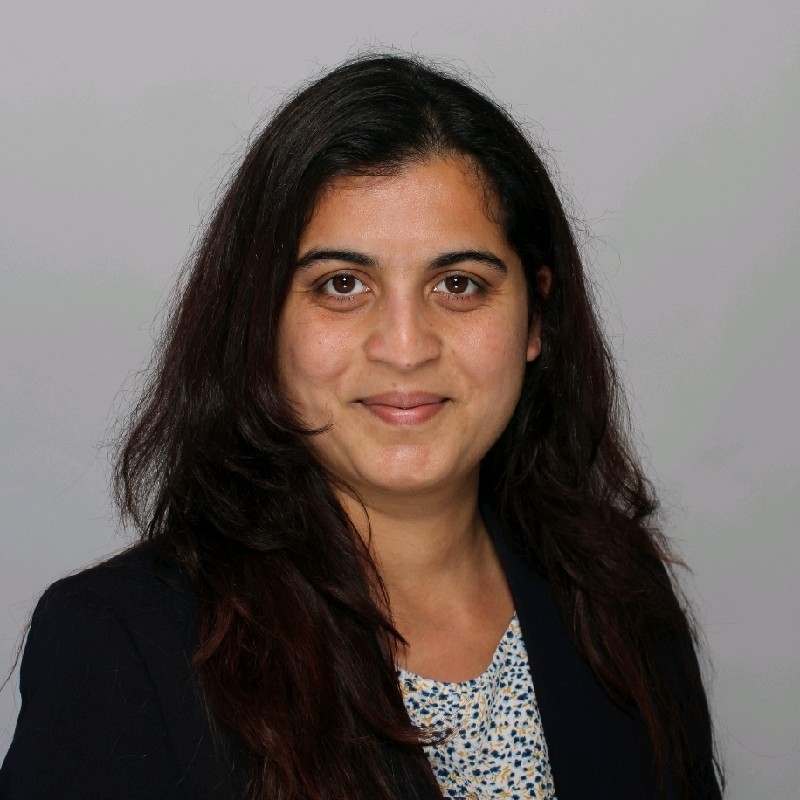
Aditi SATHE
System Engineer & Post Launch Support at ESA
Could you tell us more about you and your background overall
I am from India from a city called Pune. It’s a city 150km away from Mumbai. Born and raised there, it’s also where I graduated with a Bachelor of Engineering degree in IT (Information Technology). I started working full time as a Software tester.
Despite having inclination towards the space industry, I had not gotten a chance to study or work in that domain until then. India has a respectable space program. But back then very limited universities offered space studies.
But that did not discourage me. While working in the Software industry, I started becoming restless, and wanted to look beyond the horizon. Luckily, I found a master’s course in Technical University of Munich, Germany, that accepted people from software/IT background into Space Studies. After a tedious and long visa application process, I finally moved to Munich, Germany to pursue MSc in Earth Oriented Space Science and Technology.
During these two years, I was working as a student at different institutes like Bavarian Academy of Sciences and Airbus. I was finally getting my first taste of space, and it was delicious. I finished my studies after concluding my master’s Thesis with a specialization in Navigation.
Right before I was about to graduate, I was interviewed for a position as a ground stations and spacecraft controller for the Galileo Navigation mission. Consequently, in less than a week after finishing my studies, I started full time as a controller for Galileo in Oberpfaffenhofen, Germany. No rest for the wicked!
World is a small place, and space biz, even smaller! You come across the same people every couple of years, either going in the same direction as you or coming from the opposite direction. Tejal Thakore was part of the team that I had just joined back then. And after all these years, we are back again, together, working for ATG.
So, after working as a controller for almost a year, it was becoming clear to me, that my interest was towards the spacecraft, rather than the ground stations. Thankfully, some engineering positions opened up and I was in the right place at the right time. I was offered and accepted the position for the Payload, Data handling and TTC (Telecommand and telecommunication) engineer. It would be a gross understatement to say that I enjoyed the position! For the next 3 years, I was working with amazing team members from whom I learnt a lot. But most importantly, those 3 years were at the core of making me the strong technical professional that I am today, and it set a great path for my future career to blossom.
As I was now inclined to gather more experience in some other projects, I moved on the same campus to the German Aerospace Center (DLR) for Mission Planning for the Low Earth Orbit missions, that were operated at GSOC (German Space Operations Centre). It brought me closer to the next jump I was going to make in my career. My wish to return to spacecraft subsystems was realized sooner than I suspected. Within few months, I moved from Munich to Darmstadt, at EUMETSAT, to work as a Spacecraft Operations Engineer for Sentinel 3 Copernicus mission. Here is where I started my journey into the Earth Observation and Explorer missions, and it continues to this day.
Copernicus program constitutes a plethora of Earth Observation missions for e.g., all the Sentinel Missions (1,2,3,5p,6) and upcoming ones. The program is aptly called “Europe’s eyes on Earth”, and flies varied instruments on board for topography, optical and other domains, providing the world with priceless data about Earth’s environment and weather.
Working in earth observation has been a pleasure and privilege since then. What I have realized over time is, no matter which kind of mission you work for, navigation, earth observation in lower orbits, earth explorers, geostationary, interplanetary, deep space etc. you will always find a chance to use your experience from one kind to the other.
For example, my study specialization was in navigation, which concentrates on the user perspective. I went on to work for Galileo navigation mission, but was concentrated on the spacecraft sub system perspective, and now in Earth observation missions, I use both these perspectives. Low earth orbiters use navigation missions for their own positioning and understanding both kinds of spacecraft makes me very good at my job, or so I like to believe!!
All in all, my background feels very natural, and it really reflects my progression and personality.
How did you get to work for us at ATG Europe?
I was approached by a classmate of mine from my master’s course. He had just joined a team in ESTEC, and they were looking for more people. I had already collaborated with this team, in the past, albeit as a EUMETSAT representative, but I was already aware of the team’s tasks and responsibilities. I was unsure about it, as it was in the middle of the pandemic and I was not so comfortable moving everything; job, country, leave my partner etc.
But in a very short span of time, I got approached by multiple people, including some of my professional contacts and also ATG recruitment, for the same position. In the end I decided not to slap serendipity in the face and take a leap of faith. ATG helped me in making my transition from Germany to Netherlands as smooth as possible. And for that I am really thankful.
What is your current position and what does it entail?
I am a Systems Engineer for the Post Launch support office at ESTEC. On one side of the interface, I collaborate with operations which are mostly based in ESA/ESOC, EUMETSAT: Mission Management in ESA/ESRIN, and technical experts at ESA/ESTEC. The other side of the interface consists in working with the satellite manufacturers. Once the satellite is sent into space, the manufactures; industry as we call it; need to provide consistent support to deal with expectations, performances, behaviour etc. , basically, like a lifetime warranty support for the spacecraft until it decommissions *laughs.
The utmost important tasks of this position are to ensure that the missions continue with the level of quality and precision that ESA, involved partners and users expect. It involves constant monitoring of the health of each of the satellites via Housekeeping Telemetry data, which we received from the satellites to the ground stations every few hours.
For Copernicus Sentinel missions, the collaborators, stakeholders and users are spread all around the world and depend upon the precious earth observation data acquired as advertised. It is our job to ensure that the data is provided uninterrupted from the large fleet of these satellites.
For ESA explorer missions, however, the main objective is to push the limits of technology in space. These are smaller research missions, and the effort is always to be at the frontier of the specific technological aspect being tested and advancing it as much as possible. There is a dynamic interaction with scientists and users, whose feedback is then used for performing further tests on the satellite.
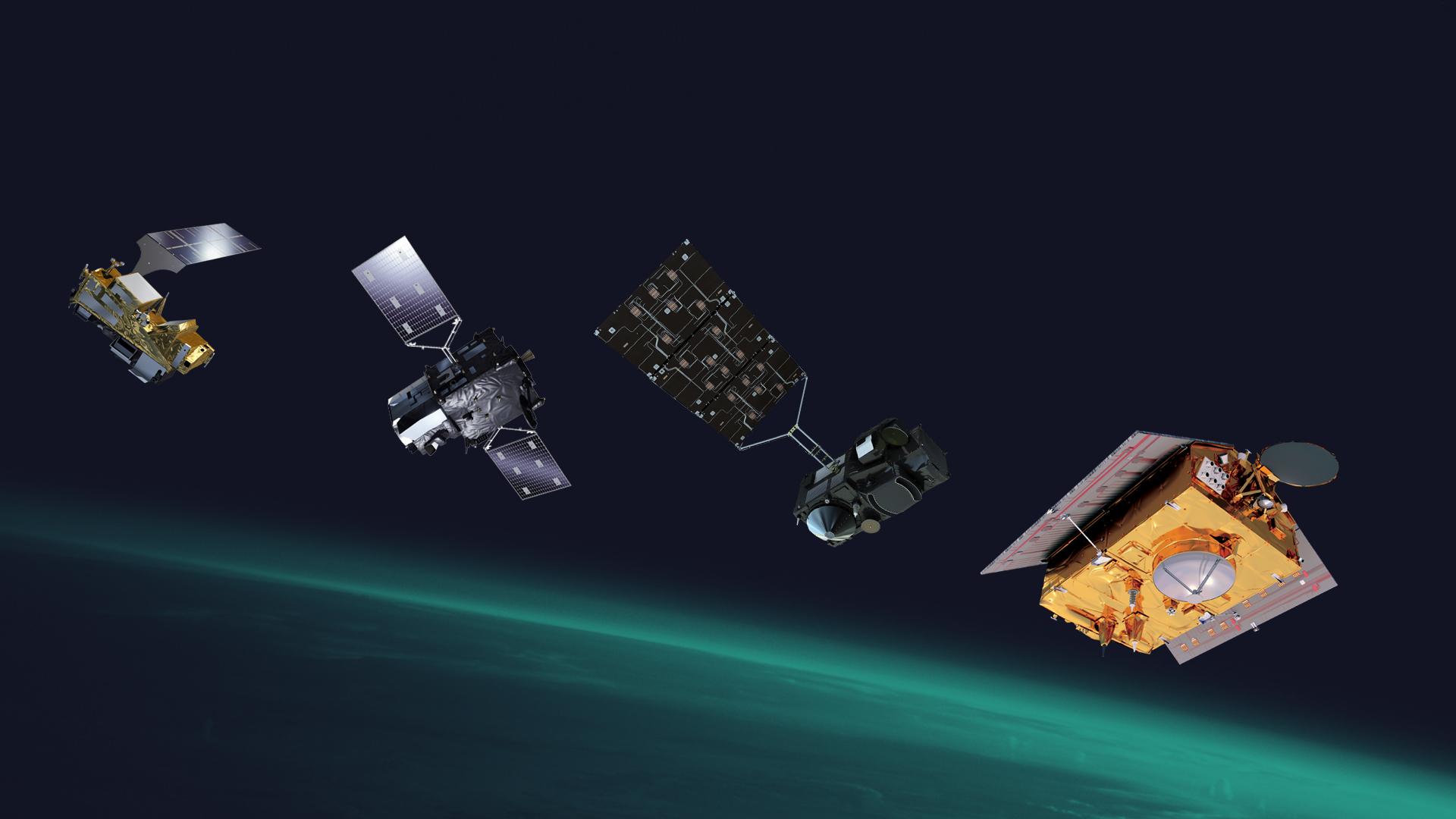
Sentinel ARRAY series CREDIT – EUMETSAT
I am quite lucky to be working for both, Sentinel missions, mostly Sentinel 1 and Sentinel 6, and Explorer mission of Aeolus. Both kinds of missions keep me on my toes! But my job doesn’t stop there. I am also on a lookout for new technologies that process the telemetry data received from the satellite, in order to better assess the health of the satellite. Finally, the job also involves providing inputs for strategies on decommissioning currently flying satellites.
Earth Observation is clearly very important, could you tell us more about the why?
First, it’s all about climate change. For example, onboard Sentinel-3 satellites is an optical instrument, which is capable of detecting algae concentration on coastal areas. This leads us to be able to analyse the composition of the pollutants in the air/water affecting the area. We can monitor to the smallest data and help us come up with solutions that will help us better identify current and future problems. Earth is changing and having the chance to look down rather than up sometimes can really help us.
Second reason is more about the agricultural aspect of our land. We look very closely at the percentage of area is being covered in crops. There are various applications for it. For e.g., the latest I came across is the use in the banking industry in analysing potential loans for crop growers. I would also mention search and rescue. A short turnaround time in capturing the current position of hurricanes from space and providing it to on ground to the mobilized teams is extremely helpful. One such example was when the German TerraSAR-X mission captured the Irma hurricane back in 2017. I was the one who planned this photo.
There are other natural calamity use cases as well. The latest example I have about his is the Tonga volcano explosion which produced a huge plume that rose into the atmosphere. Aeolus mission, being a wind profiling mission, we reacted very quickly, and the mission was very instrumental in taking measurements following this eruption. Finally, education. Our observational programs provide crucial images and topographical information that we use daily, making it accessible to everyone.
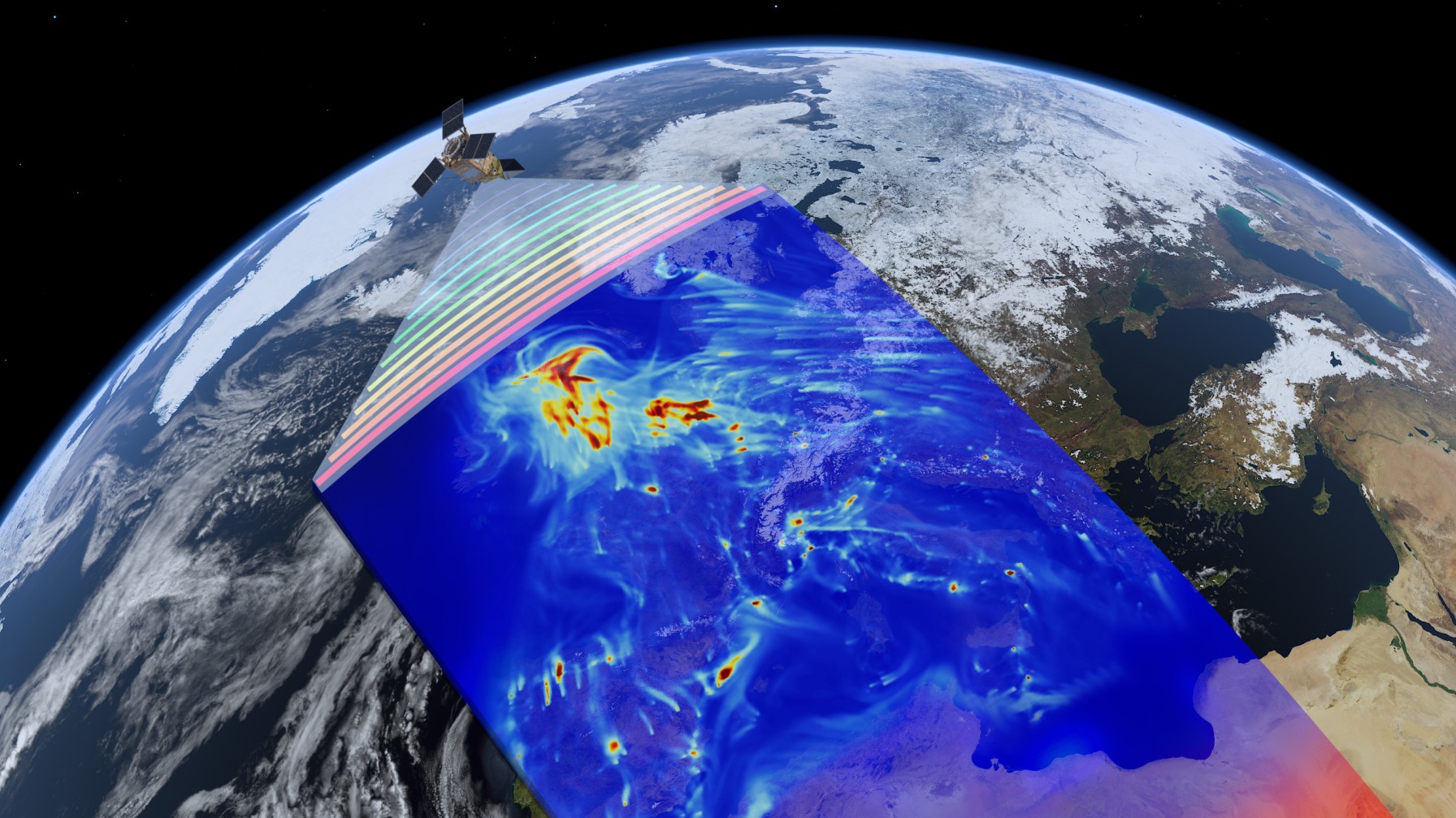
Image credit – ATG Medialab
It all sounds too good to be true, are there any challenges you have faced, any lessons you have extracted from them?
Personally, one of the biggest challenges and an adventure was to comfortably conduct a real time satellite operation and respond to anomalies rapidly. Today, it is all-in-a-day’s work for me. But back in 2013 when I started, this was my biggest hurdle. And with great mentors and colleagues, I was able to learn the perfect skills to perform my tasks without any problems.
Today, my biggest challenge is people management. I deal with scientists, technical experts, engineers, operators on a daily basis and it is a never-ending learning experience, to deal with technical and management issues, without upsetting the balance that drives such big missions to success.
Is there a next step you’re looking forward to for the project?
All the Copernicus Sentinel missions are now working on their future satellite models, which will be launched in the next couple of years. Also follow up missions like EPS-Aeolus (or previously called Aeolus follow-on) are currently being discussed. I am very excited and looking forward to all of them. As for me, I would like to delve into integration/testing phases of the satellites.
What is your definition of innovation?
I don’t like innovation for the sake of innovation. One simple example is improving and optimizing all the processes. This also requires a certain level of creativity. Technically, and within the space industry, I feel more importance should be given to reusability. I see a lot of studies and research in disposal of satellites, mitigation of harmful side effects of growing space traffic and reduction of debris but very few into reusability. Engage in clever innovation. Too much innovation kills innovation, in my opinion
What’s a fun fact about you, something not many people know …?
This one is easy, and I hope it transpires in this interview. I am very open and extroverted; I love meeting new cultures and I truly make connections with people. I have been missing those a lot lately. Working from home is a nightmare for me as I LOVE working with people.
What would you be doing for a career instead of System Engineer for ESA?
Oh, travelling as a full-time food and travel blogger, in a heartbeat! I have already been over 40 countries. You can see how difficult the pandemic has been on me. I’m so looking forward to continuing my many adventures now that this is all easing down. My must-see places for you – Hawaii and Patagonia in the southern part of Chile.
That’s all for today. Thank you, Aditi for taking the time to answer these questions. Stay tuned next month, for yet another employee spotlight.
